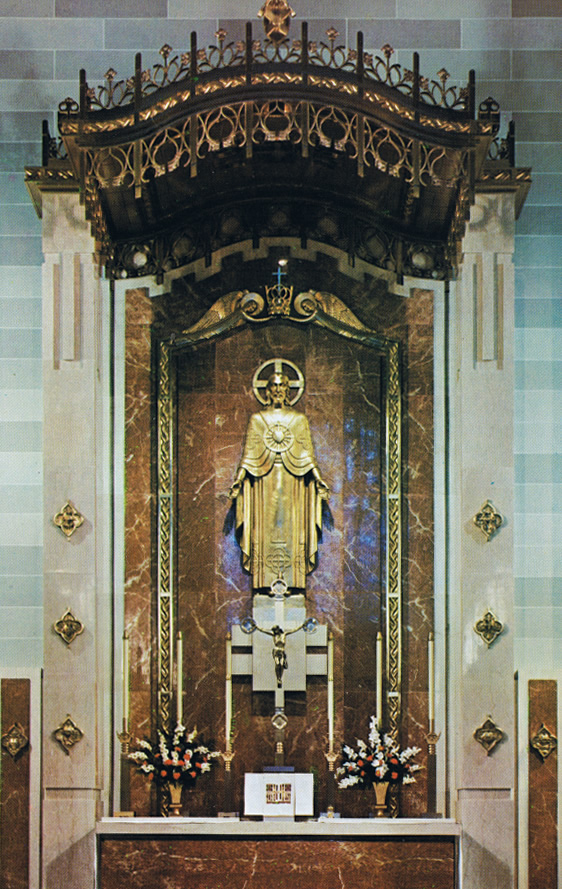When the Diocese of Rochester was established in 1868, its first Cathedral church—St. Patrick’s—was still under construction. The building, which stood on the corner of Frank and Platt Streets in downtown Rochester, was dedicated in 1870 and served as the spiritual center for the new Diocese for nearly seven decades.
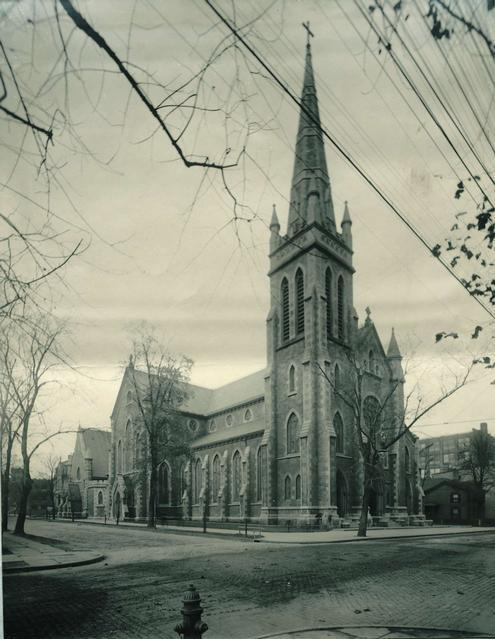
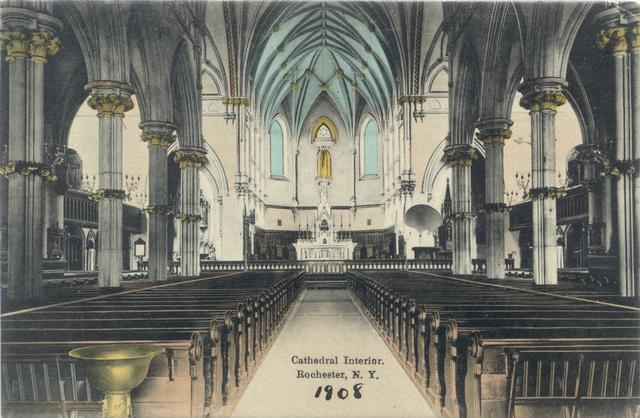
The story of Sacred Heart begins during these years.
By early 1910, Bishop Thomas F. Hickey (the second Bishop of Rochester) could see that recent immigration from Ireland, Italy, and Germany would require the addition of a new parish in northwest Rochester. He recruited Father George V. Burns, then the pastor of St. Patrick’s Church in Owego, to lead the new parish. Father Burns, later named monsignor, led the parish until 1952.
The original church building, which later became Sacred Heart School, was opened in 1911 on the south side of Flower City Park. The cornerstone of the current church building was blessed in 1925, and the building itself was completed in 1927.
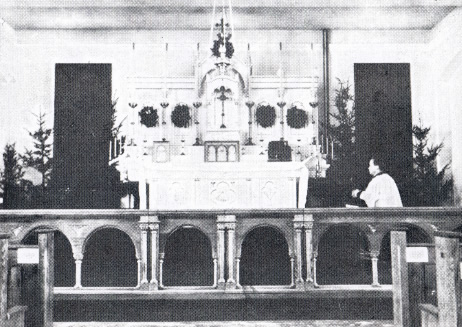
At this point, the impressive neo-gothic structure was still a regular parish church, although by 1931, Sacred Heart church was one of the largest parishes in Rochester with nearly 1,200 family and 750 children in its school. The spectacular growth of the parish had caught the eye of Bishop Thomas F. Hickey, who insisted that the new church include a bishop’s chapel in the west transept and a portable bishop’s throne. Sixteen angel statues, like those often found in Norman Gothic churches, sit atop ceiling trusses on either side of the building; altogether there are more than 100 angel figures in the building.
When the downtown St. Patrick’s Cathedral, choked by rings of commercial development, was suppressed and demolished, Sacred Heart was named “pro-cathedral” (temporary) in 1937 – and St. Patrick’s marble altar, cathedra and other furnishings were installed in its sanctuary. Sacred Heart continued to function as pro-cathedral of the Diocese until June 21, 1952, when Pope Pius XII officially constituted Sacred Heart Church of the official cathedral church of the Diocese of Rochester.
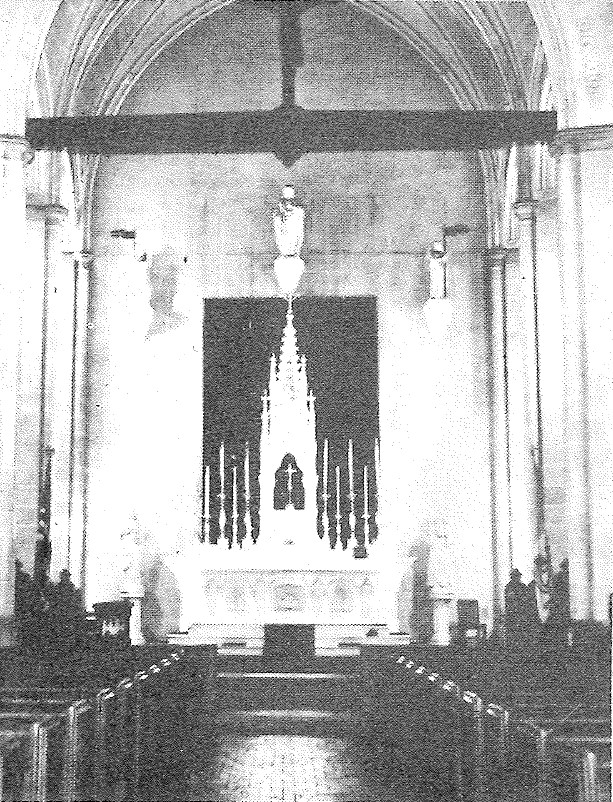
As the parish continued to grow throughout the 1950s, then Rector and auxiliary Bishop Lawrence B. Casey oversaw an interior redecoration including a new marble high altar and a bronze altarpiece of the Sacred Heart. This was installed and consecrated in 1957, followed later by the solemn consecration of the building itself on October 25, 1961 (up until that point the church had been “blessed” but never officially “consecrated”).
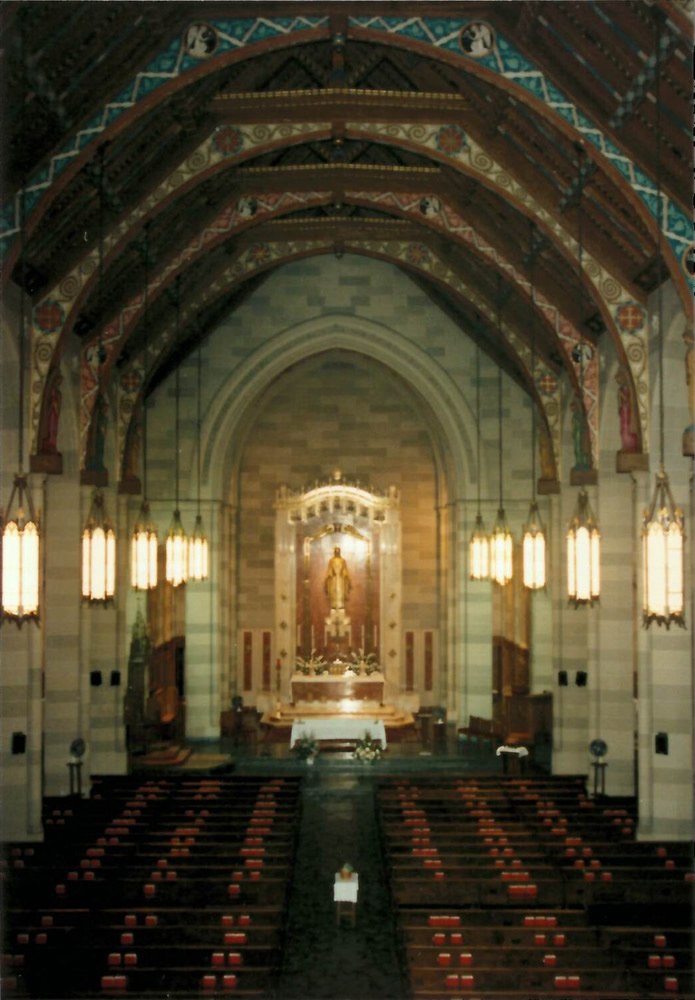
Over the next decades, the Cathedral itself underwent relatively minor interior changes, though the demographics of the city and the shifting job market in northwest Rochester brought about changes in the make up of the Cathedral parish itself.
